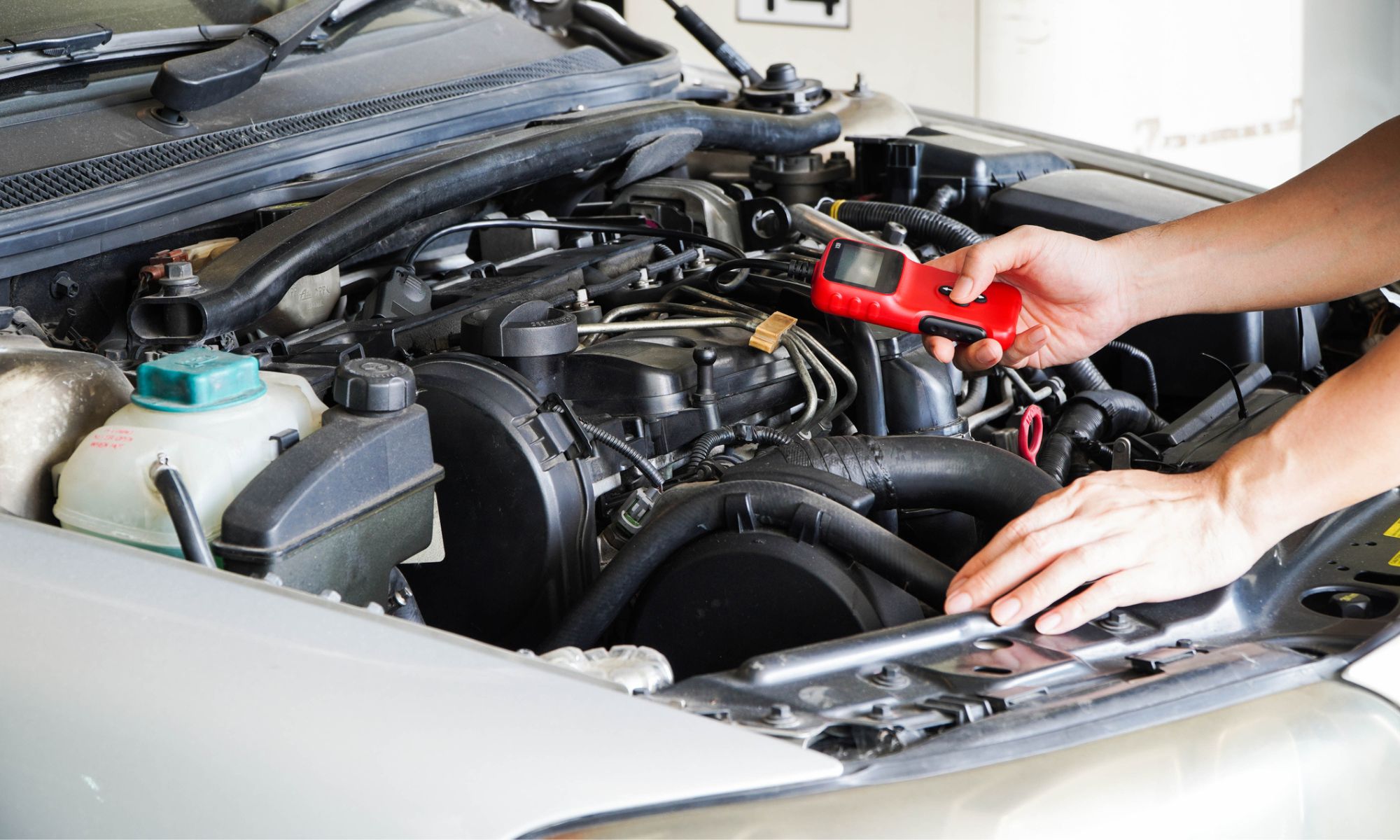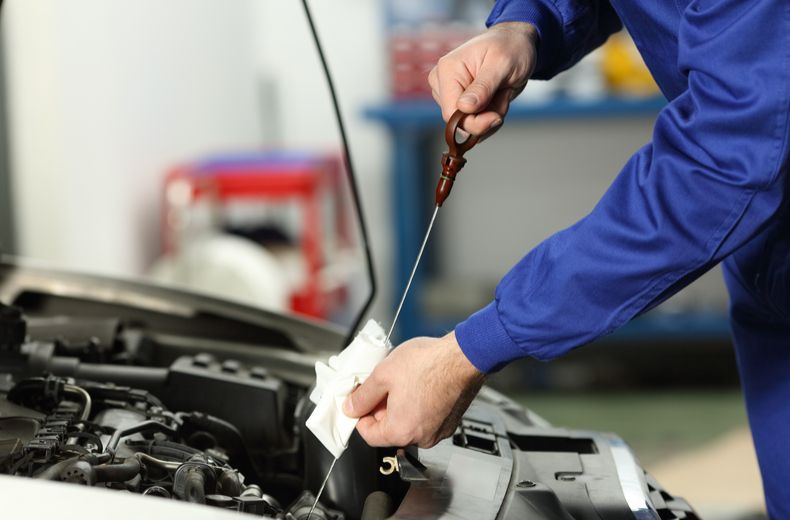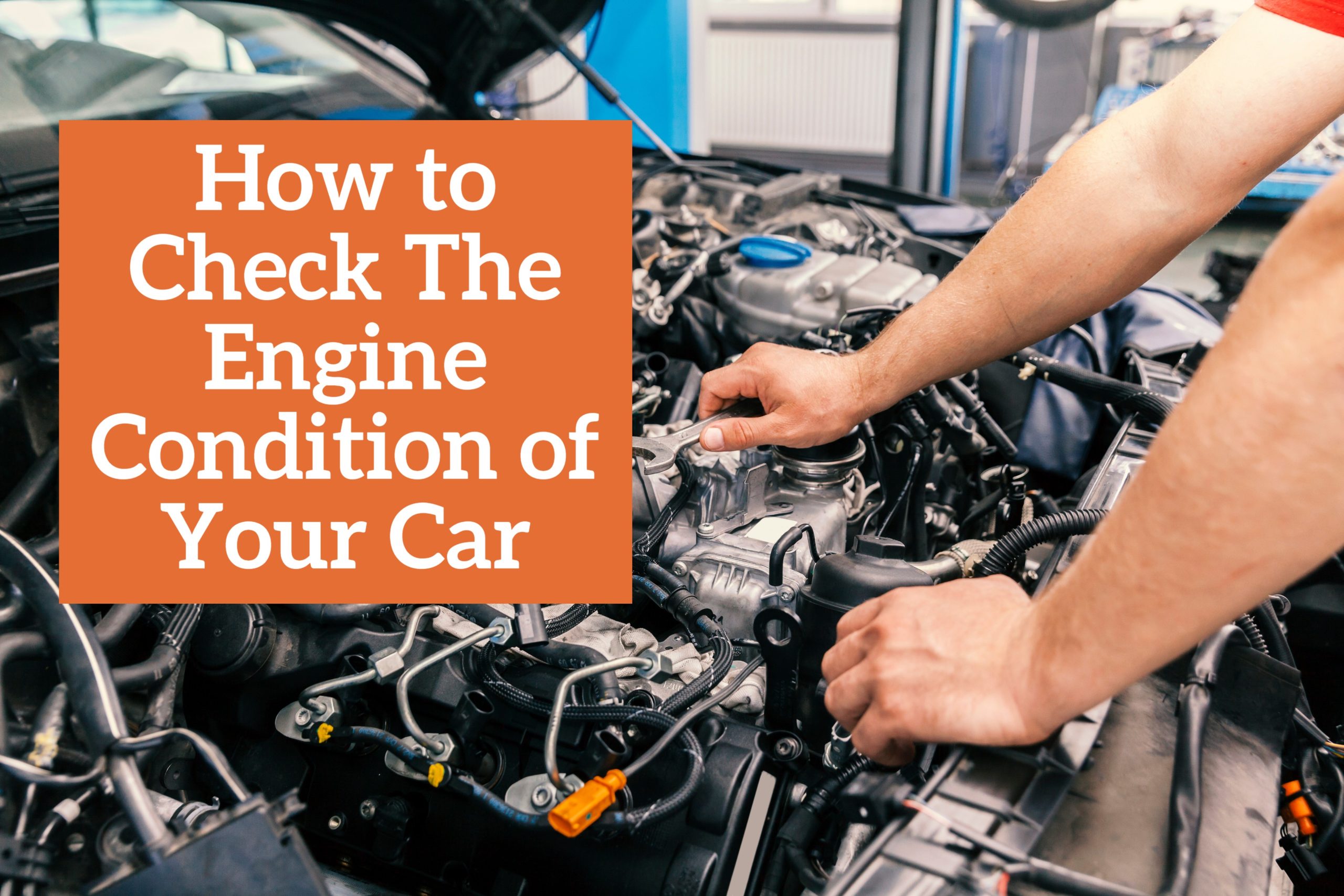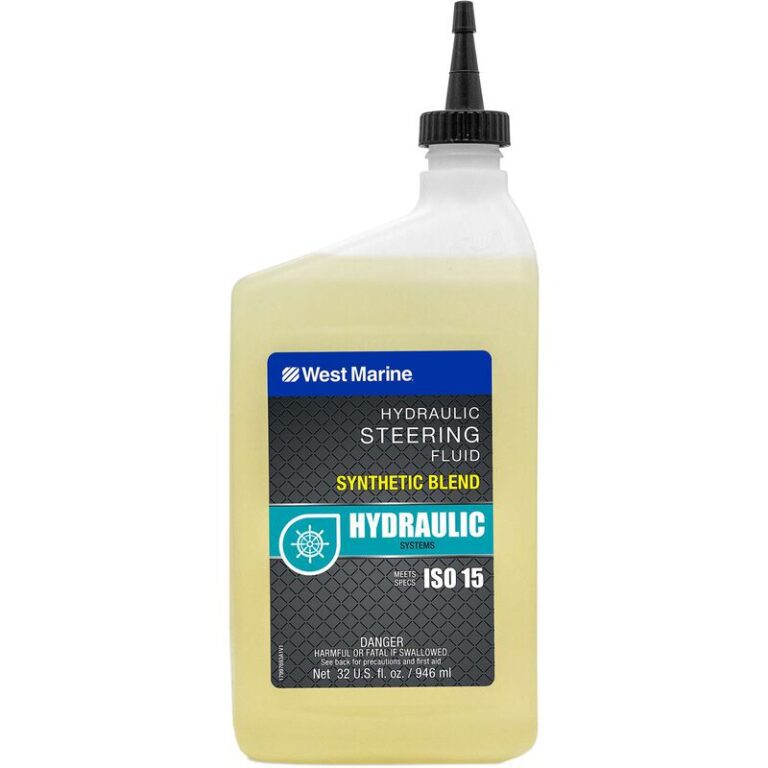How to Check Car Engine
To check the car engine, open the hood and inspect the engine components for any damage or leaks. Look for any warning lights on the dashboard and listen for unusual sounds while the engine is running.
Checking the fluid levels and ensuring proper maintenance is key to keeping the engine in good condition. Regularly inspecting the engine can help prevent major issues and prolong the life of your vehicle. It is important to address any potential problems promptly to avoid costly repairs down the road.
By following these simple steps, you can ensure your car engine is running smoothly and efficiently.
Preparation And Safety
When it comes to maintaining your car, checking the engine regularly is critical for ensuring its smooth functioning. However, before delving into the inspection process, it’s essential to prioritize preparation and safety measures to avoid any potential hazards. By taking the necessary precautions and wearing the right safety gear, you can effectively carry out the engine check with ease.
Safety Gear
- Wear protective gloves to shield your hands from dirt and potential sharp edges.
- Ensure you have safety goggles to protect your eyes from any debris or chemicals.
- Wear appropriate clothing, avoiding loose items that may get entangled in the engine.
- Have a fire extinguisher nearby in case of any unexpected ignition or fuel-related issues.
Locate The Engine
Before commencing the engine check, familiarize yourself with locating the engine in your car. It’s often found under the hood, and the position may vary depending on the make and model of your vehicle. Refer to your car manual if needed, to pinpoint the exact location of the engine. Once you’ve identified the engine, ensure the car is parked on a level surface and the engine is cool to the touch before opening the hood.

Credit: www.endurancewarranty.com
Visual Inspection
When visually inspecting your car engine, looking for leaks and checking belts and hoses is crucial.
Check For Leaks
Inspect under the car for any signs of fluid leaks, such as oil, coolant, or transmission fluid.
Inspect Belts And Hoses
Check the condition of belts for cracks or fraying and hoses for any signs of wear.
Checking Fluid Levels
Checking fluid levels is an essential step to maintain a healthy car engine. Regularly inspect your oil, coolant, brake, and power steering fluids to ensure proper functioning and prevent potential issues.
Checking Fluid Levels Checking Oil Level To check the oil level, park the car on level ground, wait for the engine to cool down, then locate the oil dipstick. Pull out the dipstick, wipe it clean, reinsert it fully, and then pull it out again to check the oil level. Checking Coolant Level Check the coolant level in the radiator when the engine is cold. Unscrew the cap slowly to release any pressure, then look at the coolant level inside the radiator. Top up if necessary with a mixture of coolant and water. To ensure your car engine runs smoothly, it’s crucial to regularly check the fluid levels. Oil and coolant play vital roles in keeping the engine lubricated and cool, respectively. Follow these steps to easily check the oil and coolant levels in your car.
Credit: www.rac.co.uk
Examining Battery
To check car engine health, examine the battery for signs of damage, corrosion, or loose connections. Ensure the terminals are clean and tighten any loose connections to prevent starting issues. Test the battery using a voltmeter to measure its voltage and determine if it needs replacement.
Examining Battery When it comes to checking your car engine, examining the battery is a crucial step in ensuring your vehicle’s performance. The battery provides the electrical current necessary to start the engine and power various components. Therefore, inspecting the battery terminals and testing the battery voltage are essential tasks that need to be routinely attended to. Inspect Battery Terminals The battery terminals should be inspected regularly to ensure there is no corrosion or buildup that could hinder the flow of electricity. To do so, follow these simple steps: 1. Firstly, visually inspect the terminals for any powdery white or blue-green substance, which indicated corrosion. If present, it needs to be cleaned off using a mixture of baking soda and water. 2. Next, use a wire brush to gently scrub away the corrosion, ensuring the terminals are clean and free of any debris. 3. Finally, apply a thin layer of petroleum jelly to the terminals to prevent future corrosion. Testing Battery Voltage Testing the battery voltage is crucial in determining its current state and performance. Follow these steps to test your battery voltage: 1. Firstly, ensure the vehicle is turned off and remove the key from the ignition. 2. Next, using a digital multimeter, set the dial to the DC voltage range and connect the black probe to the negative terminal and the red probe to the positive terminal. 3. Finally, read the voltage displayed on the multimeter. A fully charged battery should read around 12.6 volts. Any reading significantly lower than this indicates the need for a battery recharge or replacement. By regularly examining the battery and its components, you can ensure that your car engine receives the necessary power to operate efficiently. These simple tasks can prolong the life of your battery and prevent unexpected breakdowns.Starting The Engine
After checking the various components of your car engine, it’s time to start it up and get rolling. There are a few different ways to start your engine, depending on the situation. Here, we’ll cover two common methods: starting with a key and jumpstarting the battery.
Starting With Key
To start your car engine with a key, follow these simple steps:
- Ensure your car is in park or neutral and the parking brake is engaged.
- Insert the key into the ignition switch, usually located on the steering column.
- Turn the key clockwise until you reach the “start” position. Hold the key in this position until the engine ignites.
- Release the key and allow it to return to the “run” position. This will keep the engine running.
| Position | Description |
|---|---|
| Off | Engine and electrical systems are off. |
| Accessories (ACC) | Electrical system only. Radio, lights, etc., can be used. |
| Run | Engine and electrical systems are on, but not running. |
| Start | Engages the starter to start the engine. |
Jumpstarting The Battery
If your car’s battery is dead, jumpstarting it can get you back on the road. Follow these steps:
- Locate another vehicle with a working battery.
- Position the vehicles close to each other, but ensure they don’t touch.
- Turn both cars off and open their hoods.
- Identify the positive (+) and negative (-) terminals on both batteries.
- Using a set of jumper cables, connect the positive terminal of the dead battery to the positive terminal of the charged battery.
- Connect the negative terminal of the charged battery to a metal surface on the dead car, like the engine block.
- Start the engine of the working car and let it run for a few minutes.
- Try starting the engine of the dead car. It should start up.
- Once the dead car is running, remove the jumper cables in reverse order: negative terminal from the metal surface, negative terminal from the charged battery, positive terminal from the charged battery, and finally, positive terminal from the dead battery.
Remember, jumping a battery is a temporary solution, so it’s important to have your vehicle’s battery and charging system inspected by a professional as soon as possible.

Credit: www.vannyorkgm.com
Frequently Asked Questions For How To Check Car Engine
How Do I Know If My Car Engine Is Good Or Not?
To determine if your car engine is good, check for unusual noises, smooth acceleration, steady idling, and no warning lights.
How Do You Test A Car Engine?
To test a car engine, perform a visual inspection, check for abnormal sounds, and test drive the vehicle. Use diagnostic tools like a scan tool to check for error codes and analyze engine performance. Conduct a compression test to assess the engine’s overall health.
How Do You Check The Condition Of A Car Engine?
To check the condition of a car engine, inspect for leaks, unusual sounds, vibrations, and performance issues. Look for dirty or low engine oil, and check the coolant and transmission fluid levels. Listen for abnormal engine noises and assess the engine’s power and responsiveness while driving.
How Do I Know If My Engine Needs Replacing?
To determine if your engine needs replacing, look for signs like excessive smoke, unusual noises, loss of power, and engine overheating. Additionally, check for oil leaks, low oil levels, and difficulties starting the engine. If you experience any of these issues, it’s important to consult a professional mechanic for a proper diagnosis and potential engine replacement.
How Do I Visually Inspect My Car Engine?
To visually inspect your car’s engine, open the hood and look for any signs of leaks, unusual noises, or worn-out parts.
What Are The Common Symptoms Of Engine Problems?
Common symptoms of engine problems include excessive smoke, rough idling, poor fuel efficiency, loss of power, and strange smells.
Can I Check The Engine Oil Level Without A Dipstick?
Yes, some newer car models have electronic oil level indicators that allow you to check the oil level without a dipstick.
Conclusion
Checking your car engine is essential for its performance and longevity. By following the steps outlined you can diagnose potential issues and ensure that your engine runs smoothly. Regular maintenance and thorough inspections will help keep your car in top condition, promoting safety and reliability on the road.

